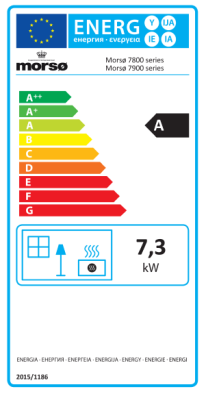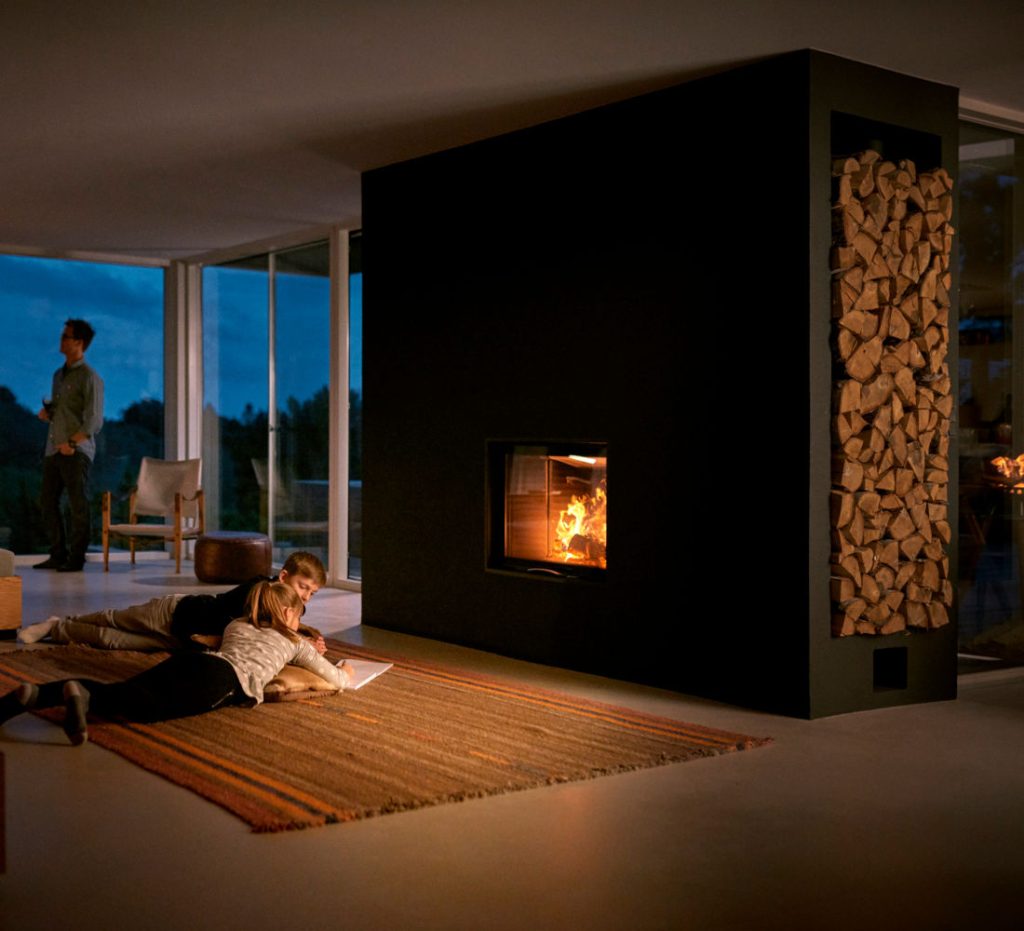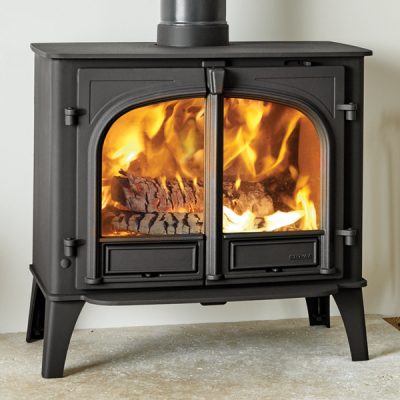Introduction: The allure of a crackling wood burner is undeniable, especially during the colder months. Beyond the comforting glow, many wonder about the cost implications of running a wood burner. In this blog post, we’ll delve into the various factors that contribute to the expense of operating a wood burner and shed light on how you can manage costs effectively.
1. Fuel Type Matters:
The type of fuel you choose significantly impacts your overall expenses. While dry and seasoned firewood tends to be cost-effective, alternatives like hardwood pellets or compressed wood logs may come with a higher price tag. Consider the availability and cost of different fuel options in your area.
2. Embrace Energy Efficiency:
Modern wood burners are designed with energy efficiency in mind. Investing in a high-efficiency model means more of the wood’s energy is converted into heat, potentially reducing the amount of fuel needed. While high-efficiency models may have a higher upfront cost, the long-term savings can be substantial.


3. Home Efficiency is Key:
The energy efficiency of your home plays a crucial role in determining running costs. A well-insulated home retains heat better, reducing the need for constant burning and ultimately lowering your overall fuel consumption. Consider investing in home insulation to enhance energy efficiency.
4. Local Wood Prices:
The cost of firewood varies from region to region. Research local wood prices and availability to make an informed decision about the most cost-effective fuel source for your wood burner. Consider establishing a relationship with a reliable local supplier for consistent and affordable fuel.
5. Regular Maintenance:
Proper maintenance is essential for the efficient operation of your wood burner. While not directly related to fuel costs, regular chimney cleaning, gasket replacements, and overall stove upkeep contribute to the overall expense of running a wood burner. Factor in these maintenance costs when assessing the long-term affordability.
6. Upfront Investment:
The initial cost of purchasing and installing a wood burner, including any required ventilation systems, is a significant upfront expense. While this isn’t a recurring cost, it’s an important consideration when evaluating the overall affordability of a wood burner. Remember that quality investments often pay off in the long run.
7. Compliance with Regulations:
Check for local regulations governing the use of wood burners, especially in urban or densely populated areas. Compliance with emission control standards may involve additional costs, such as installing specific devices to meet regulatory requirements.

Conclusion:
Running a wood burner is not just about the warmth it provides but also about making informed choices that align with your budget and environmental values. Consider the factors mentioned above to manage the costs effectively, making your wood-burning experience both economical and sustainable. Before lighting that next fire, take a moment to assess and optimize the true costs of running your wood burner.
